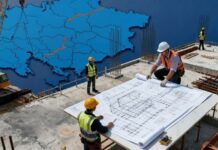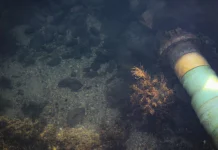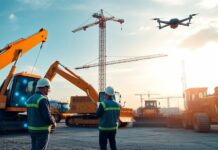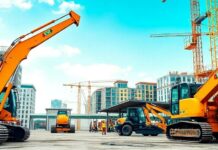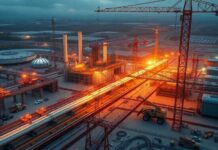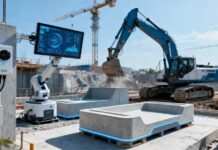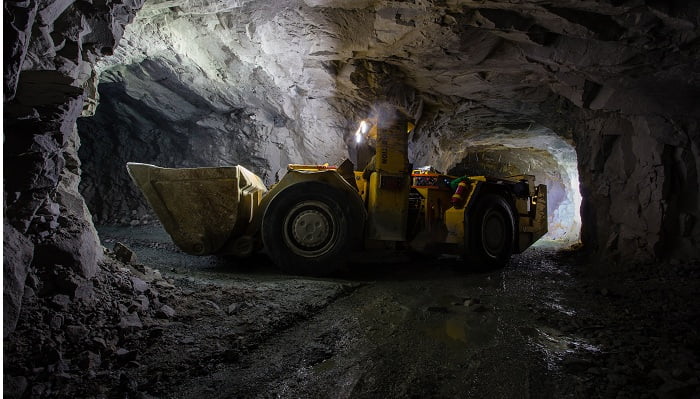The overall efficiency of your mining operations largely depends on the condition of your equipment. As long as your tools and machinery are in working order, you can keep your processes streamlined and minimise delays. However, even though heavy machines and mining equipment are meant for handling heavy-duty operations, they can still experience issues that can put your project to a halt. A lot of things can happen when you least expect them—mechanical failure due to overloading, human error, and environmental factors (e.g., extreme temperatures, dust, and moisture)—and recovering from these instances can cost a lot of time and money.
Fortunately, you can minimise the occurrence and effects of these issues from happening if you take great care of your tools and machinery. Here are some tips for ensuring the performance and longevity of all kinds of mining equipment, from blasthole drills to standpipes.
Invest in High-Quality Equipment
When selecting equipment for your operations, you should prioritise getting high-quality tools and machinery that are built to withstand the rigorous demands of mining environments. These pieces of equipment feature robust construction, durable materials, and advanced engineering. While the initial cost may be higher, the long-term benefits far outweigh the expenses. Heavy-duty equipment often lasts longer and won’t easily break down, making it the perfect investment for your mining projects.
It’s also important to purchase from reputable manufacturers known for producing reliable machinery and equipment specifically designed for mining applications. If you need water truck fill point stations, then look for a trusted provider of high-quality and customisable solutions. Always evaluate each item’s specifications, such as load capacity, power output, and resistance to environmental factors like dust, moisture, and temperature extremes. By investing in high-quality equipment from the outset, you can reduce the frequency of breakdowns, minimise downtime, and extend the operational lifespan of your machinery.
Follow Performance, Maintenance, and Cleaning Specifications
Mining equipment manufacturers provide detailed guidelines with their products, outlining recommended operating parameters, routine maintenance schedules, and cleaning procedures, among others. These minimise the risk of premature wear and tear, ultimately ensuring the longevity of the tools and machinery you bought. Simply put, you and your team should familiarise yourselves with these specifications and incorporate them into standard operating procedures (SOPs). In particular, regular maintenance tasks, such as lubrication, filter replacement, and inspection of critical components should be conducted according to the owner’s manual. Non-adherence to these maintenance schedules can lead to accelerated wear, decreased efficiency, and costly repairs.
Beyond routine maintenance, proper cleaning is crucial for preventing the build-up of debris, contaminants, and corrosive substances that can compromise performance and longevity. When cleaning your equipment, use appropriate cleaning methods and products compatible with the equipment’s materials and finishes.
Have Your Equipment Professionally Inspected Regularly
Even the most heavy-duty equipment isn’t immune to problems, which is why professional inspections are essential for identifying potential issues early. This way, you can prevent major breakdowns and ensure the continued reliability of mining equipment. Inspections handled by qualified technicians provide a comprehensive evaluation of machinery components, systems, and performance indicators. During inspections, technicians will assess various aspects of equipment functionality, including mechanical, electrical, hydraulic, and structural components. They may perform tests, measurements, and visual inspections to detect signs of wear, damage, or malfunction.
Based on inspection findings, technicians will then provide detailed reports outlining any issues discovered, along with recommendations for corrective actions. Pay attention to these reports so you can address the identified issues promptly, so that you can prevent them from escalating into more significant problems that could disrupt operations or lead to costly repairs.
To ensure the effectiveness of professional inspections, establish a schedule for regular inspections based on equipment usage, operating conditions, and manufacturer recommendations. You also need to hire certified technicians with expertise in mining equipment to ensure the reliability and accuracy of the inspection.
Address Wear and Tear Immediately
Continuous operation in harsh mining environments inevitably leads to wear and deterioration of machinery components, potentially compromising performance and safety if left unchecked. As such, it’s important to implement proactive measures to monitor equipment condition and identify signs of wear and tear early.
Addressing wear and tear promptly and properly can prolong the lifespan of your equipment. It can also minimise the risk of unplanned downtime, optimising the productivity and efficiency of your mining operations. Keep in mind that the solutions will depend on the severity of the issue. These corrective actions may range from minor adjustments and component replacements to more extensive repairs or refurbishments.
Invest in Employee Training
Investing in comprehensive training programmes for equipment operators and maintenance personnel can help maximise the performance, safety, and longevity of your mining equipment. Well-trained employees are better equipped to operate machinery efficiently, identify potential issues, and perform routine maintenance tasks. All of these combined can reduce the risk of accidents, breakdowns, and costly repairs.
Your training programmes must be structured to cover various aspects of equipment operation, maintenance, safety procedures, and troubleshooting techniques. Additionally, there should be both theoretical instruction and hands-on practical experience to reinforce learning and develop essential skills. It’s also important to tailor these training sessions to the specific equipment types and technologies used in mining operations to ensure relevance and practicality for employees.
Lastly, continuous training and skills development should be encouraged to keep employees abreast of new technologies, best practices, and safety regulations relevant to mining equipment operation and maintenance. Consider providing opportunities for advanced training, certification, and professional development to empower employees and enhance their expertise and confidence in handling equipment.
The longevity and effectiveness of your mining equipment are essential for the success of any operation. Through the above-mentioned strategies, you can maximise the reliability and lifespan of your tools and machinery, boosting productivity and profitability.





